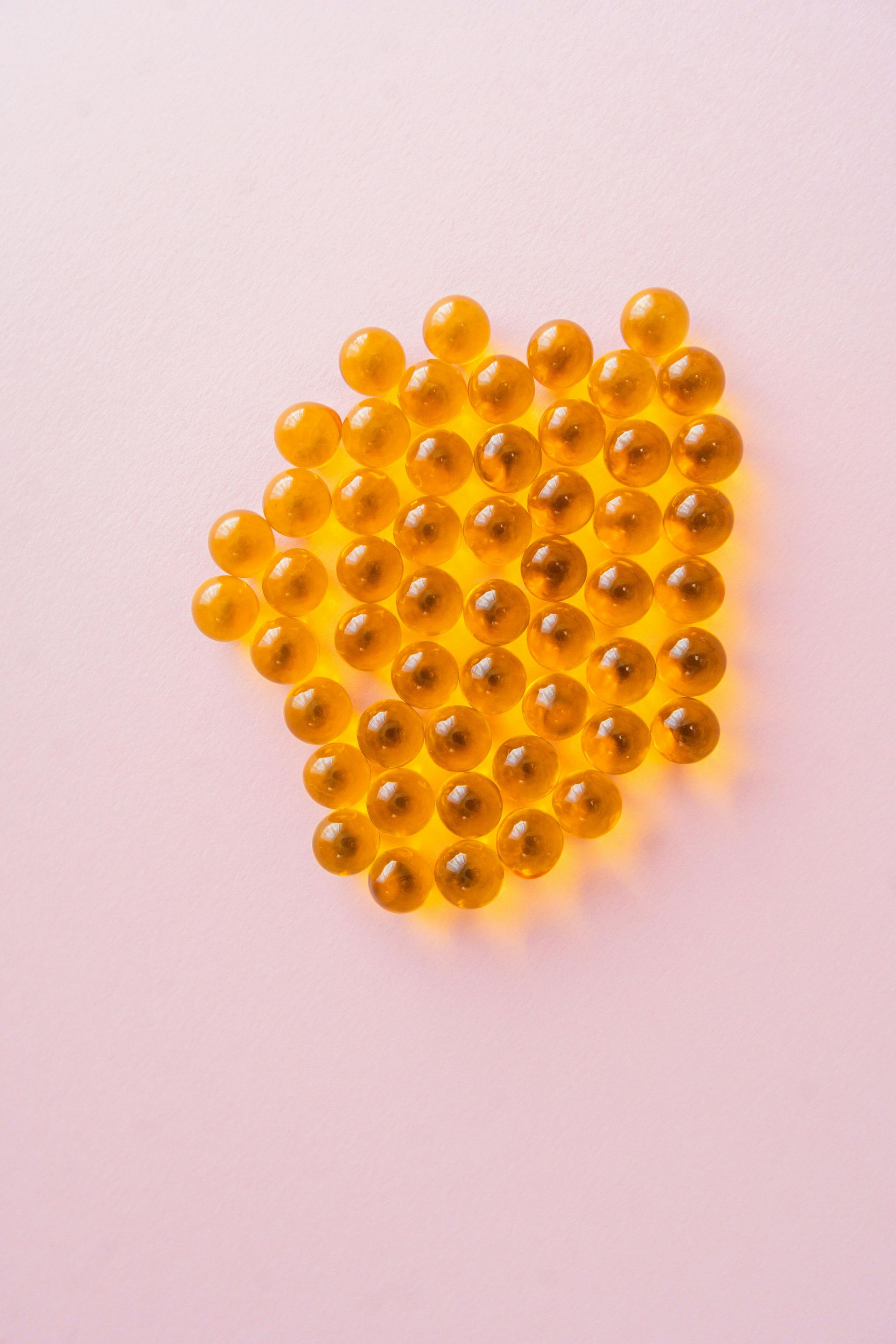Productivity & Health
Recent articles

Presentations are an essential part of professional communication, whether you’re pitching a project, sharing research findings, or delivering a training session. While preparing for a presentation, you might anticipate most questions that could arise. However, unexpected questions can catch you off guard. In this article, we’ll explore strategies to handle such situations gracefully and maintain your credibility.

Presentations can be nerve-wracking, but with the right techniques and a dash of confidence, you can deliver a compelling talk that captivates your audience. Whether you’re presenting at work, school, or any other setting, let’s explore practical strategies to enhance your presentation skills and conquer public speaking anxiety.

In the fast-paced world of corporate jobs, it is crucial for individuals to recognize the significance of embracing creative hobbies. This article highlights the multifaceted benefits of engaging in activities that foster creativity, such as stress reduction, enhanced well-being, cognitive skill development, improved productivity, and innovation.












